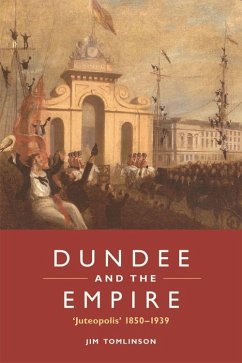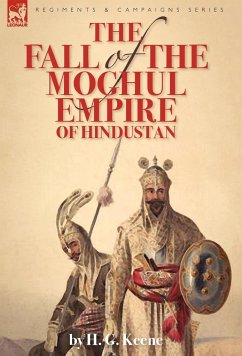'Bringing the global and imperial dimensions into clear focus gives a clearer appreciation of the decline and collapse of "Juteopolis'', and the impotence of its political leadership in the face of Indian competition. It is a sobering story lucidly and powerfully told, and one to which JimTomlinson brings huge expertise.' Bob Harris, Worcester College, University of Oxford The Empire and globalisation seen through the lens of Dundee between 1850 and 1939 In 1913 Britain possessed the world's largest empire and had a highly globalised economy. How did these developments impact upon the inhabitants of Britain? This book uses Dundee as a case study to address these issues. Dundee, largely because of the jute industry, is especially well suited for this purpose given both the strength of its imperial connections and the intensity of its globalisation. From the 1880s onwards Dundonians had to respond to the powerful competition from an Empire country, the jute producers of Calcutta. These responses are placed in the broad context of international imperial and economic trends, spanning the years from the rise of 'Juteopolis' in the 1850s to its catastrophic decline in the 1930s. Author Jim Tomlinson presents this microhistory as a pathway to understanding the evolution of British imperial connections in an era of globalisation. Jim Tomlinson is Professor of Economic and Social History at Glasgow University. He has published widely on the historical political economy of modern Britain, including histories of the economic policies of the Labour governments of 1945-51 and 1964-70. Cover image: The original wooden Royal Arch (designed by harbour engineer James Leslie), erected for the Royal visit on 11 September 1844. Unknown artist. Kindly provided byThe McManus: Dundee'sArt Gallery and Museum. Cover design: McColmDesign.co.uk
Hinweis: Dieser Artikel kann nur an eine deutsche Lieferadresse ausgeliefert werden.
Hinweis: Dieser Artikel kann nur an eine deutsche Lieferadresse ausgeliefert werden.








